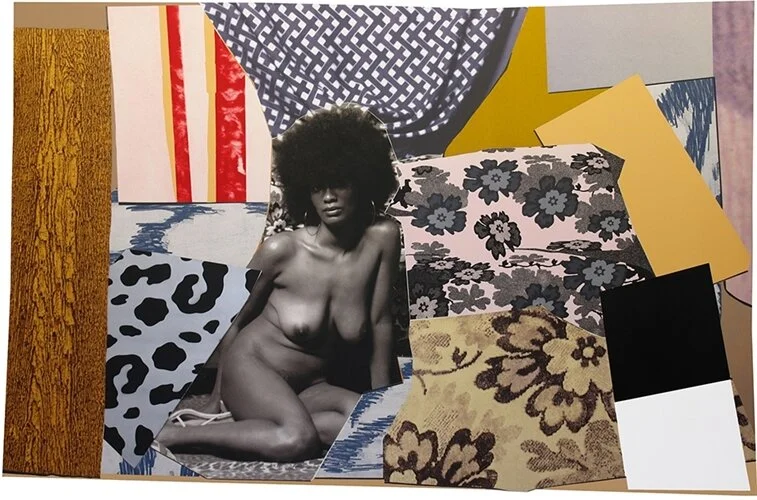Book Review: Atmosphere of Crime
Gordon Parks, 38_178_2019_Crime.tif © Courtesy and copyright The Gordon Parks Foundation
The places and people in Gordon Parks’ pictures -- despite the distinct 1950 dress and national demographic -- could be set today, and in many ways still are in their present iterations. Silhouettes of officers and criminals are back dropped with street lights with a soft penumbra that illuminates the subjects’ faces. There’s a picture of a liquor store that could be set in Manhattan; there’s a pre-gentrified Coney Island; the Broadway Triangle.
In 1957, Life magazine had made it a goal to cover crime putting it in a novel context featuring Gordon Parks’s work, a polymath black staff photographer, in a photo essay series. Life challenged the primary notion that crime statistics should drive policing and policy, writing in the original photo essay, “The second approach to the problem of crime is, for the moment to take no extraordinary action at all but merely to think about it, to question every statement, ‘fact’ and ‘statistic,’ and to try to build up an accurate picture of what may -- or may not -- be happening.”
Gordon Parks, 38_024_2016_Crime.tif © Courtesy and copyright The Gordon Parks Foundation
The Atmosphere of Crime contextualizes Gordon Park’s work across decades between older crime photography, the growing Civil Rights movement, and the current Black Lives Matter movement. Though the curators don’t draw an explicit line connecting the current movement, their descriptions of past conditions are grounded in our present, especially between mass incarceration of black men and police brutality. Parks’ use of soft light is welcoming and empathetic, but turns clinical when there’s a clear white subject. His perspective reframed the national conversation, and his work challenged previous tabloid photography and media coverage of crime that was unsympathetic to black people, writing “Assaults against and abuse of people of color were largely ignored and minimized, while offensive behavior by people of color became a national obsession.”
It’s a problem America still grapples with today. Over the past week, protesters and police clashed nationwide as people witnessed as an officer murdered George Floyd, the murder of Ahmaud Arbery, Sean Reed, and countless more. The video of George Floyd feels like an outtake from Parks’ photos for Life, but we no longer need a magazine editorial about the struggles of black people. Instead, we can go on any social media platform to see thousands of photos and videos of officers abusing their power on black men, women, and children. Civil Rights protests highlighted police brutality in the 1960s, lynchings went unpunished, and the Black Codes subjugated free black people. Racism doesn’t recur in America, it's the country’s bedrock.
Gordon Parks, 38_130_2018_Crime.tif © Courtesy and copyright The Gordon Parks Foundation
Atmosphere of Crime is co-published with Steidl and The Gordon Parks Foundation, and is in collaboration with The Museum of Modern Art. You can purchase the book here.










